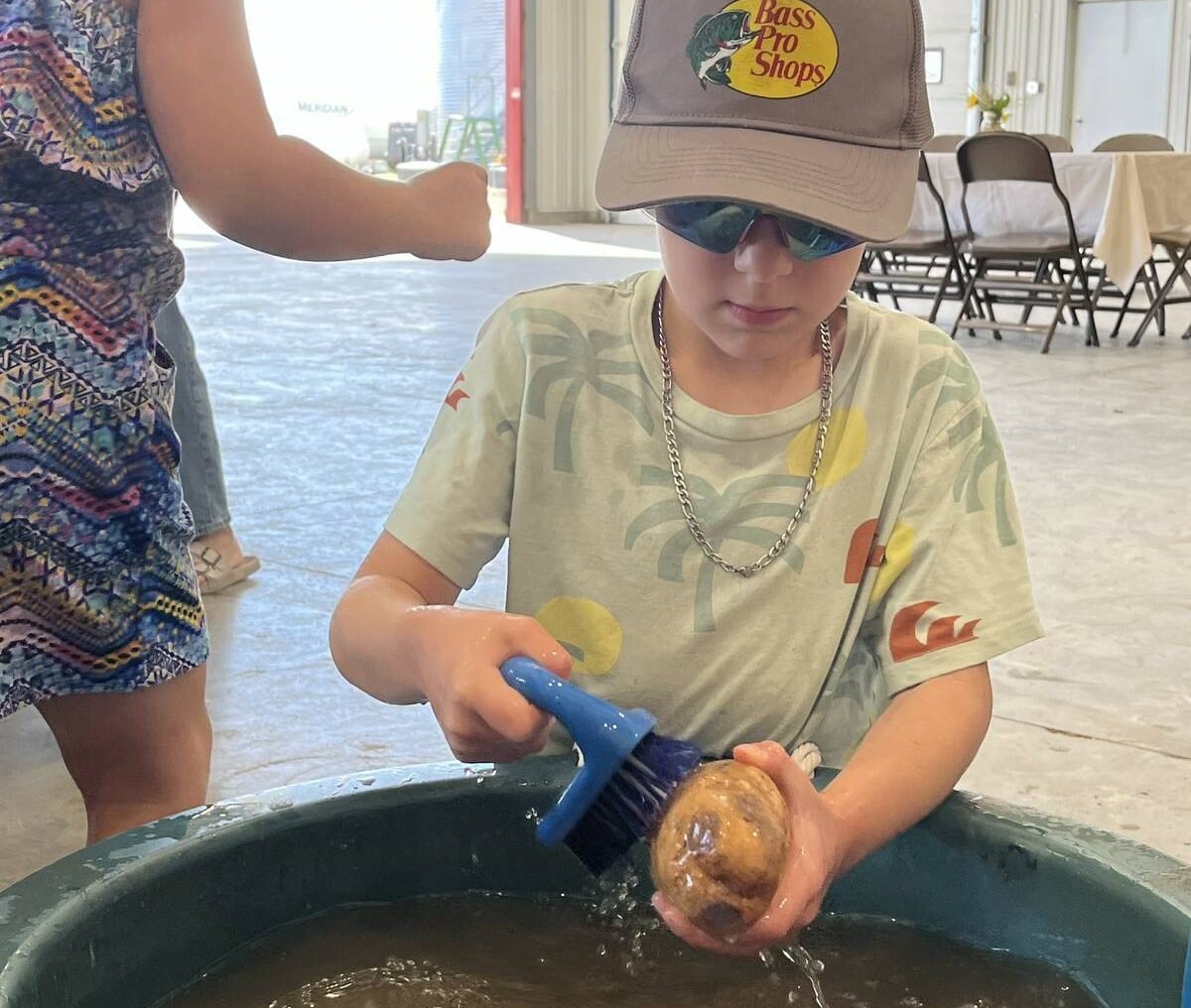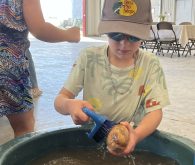Dairy farmers are scrambling to find homes for their cull dairy animals almost 10 months after the U.S. border was closed to live cattle.
Before that, 80 percent of the cull dairy animals were sold to American packing plants for processing.
“The real fallout has been the selling of cull cows,” said Aart Okkema, a Vermilion, Alta., dairy farmer and a member of Alberta Farm Animal Care, an organization dedicated to humane farm animal care.
“It’s a challenge to deal with those cows.”
He hasn’t sold cull cows for three months. He has a standing sell order with the local auction market to sell whatever it will take, but he’s had no bites.
Read Also

Agri-business and farms front and centre for Alberta’s Open Farm Days
Open Farm Days continues to enjoy success in its 14th year running, as Alberta farms and agri-businesses were showcased to increase awareness on how food gets to the dinner plate.
Before the border closed, Okkema’s animals sold for 50 to 60 cents a pound, compared to 15 to 20 cents for the last animals he sold.
Jan Slomp, a Rimbey, Alta., dairy farmer and Alberta co-ordinator for the National Farmers Union, estimates he lost $25,000 this year because of inability to sell cull cows and bull calves.
Slomp culls about 20 cows a year from his 85-cow dairy. He used to sell the animals for $850 to $900 a piece. Now he is lucky to receive $100 each, if he can find a buyer.
The price he receives for bull calves has dropped from $200 down to $5.
With an excess of young animals for slaughter, few plants are willing to take older animals.
Even before the U.S. border closed to live cattle, the dairy industry was searching for a way to handle culls. Concerns were raised that some dairy cattle were being shunted between auction markets before being loaded onto trucks for the United States.
An earlier report by AFAC and Alberta Milk on the handling of cull dairy cattle in Alberta recommended that a program be developed to guarantee they be killed within 24 hours of leaving the farm.
A pilot project funded and begun by Alberta Agriculture and Alberta Milk this fall seeks to help producers deal with their old animals in a safe and humane way.
The program was not developed because of BSE, but because of a need to ship dairy cows to a slaughter plant quickly and humanely, said Jackie Wepruk, who is co-ordinating the pilot project.
“In the past some cows hung around auction markets until they were able to be moved,” said Wepruk.
In the new Centralized Processing System for Cull Dairy Cows pilot project, farmers can deliver their cattle to one of two assembly points at Rimbey Livestock Auction in Rimbey and Triple J Auction in Westlock once a truckload is arranged.
Producers deliver the cows to the loading site in the morning and by afternoon they are at North West Foods in Edmonton, a federally inspected processing plant. The animals are slaughtered the same day.
“It’s a more humane option,” said Wepruk.
So far more than 110 head have been shipped to North West Foods from Rimbey and Westlock.
“On their own it’s not feasible to drive to North West Foods,” said Wepruk.
Most producers deliver only one or two cull animals at a time.














